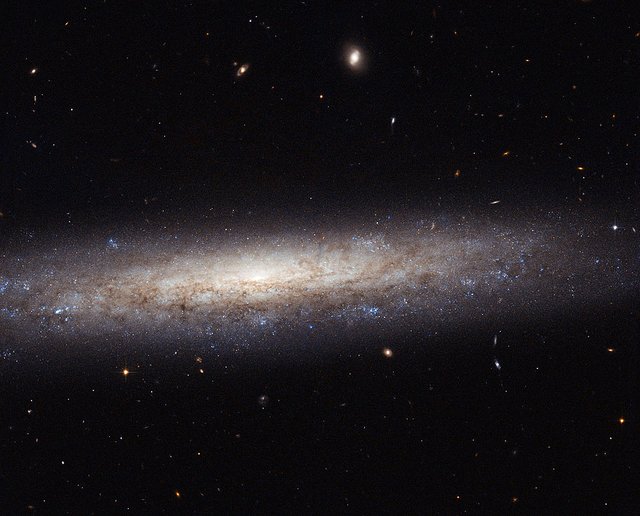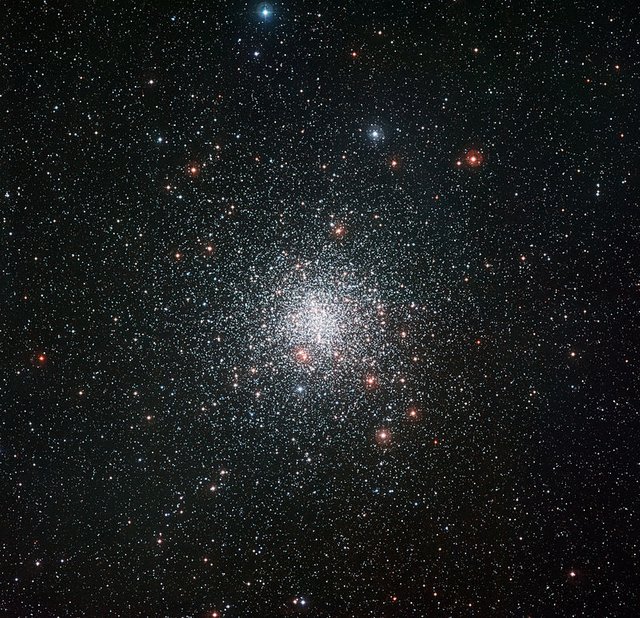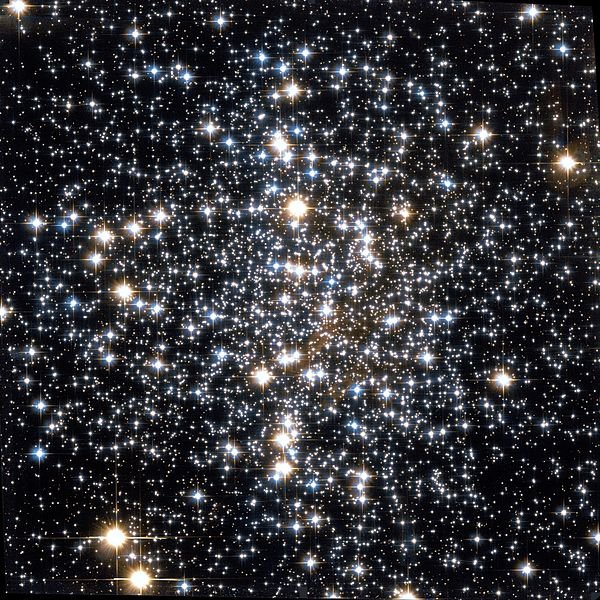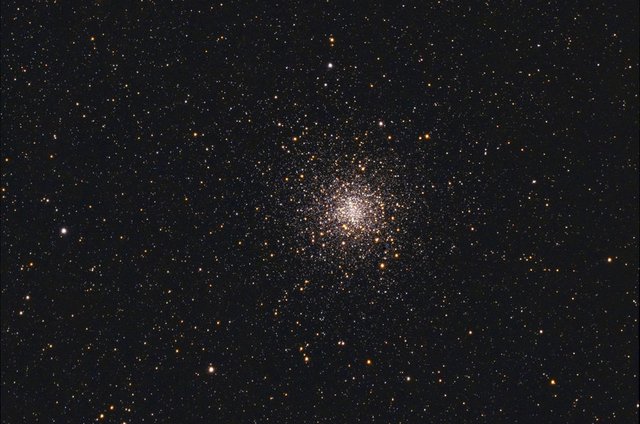Galaxy NGC 4206 - Messier 4
NGC 4206
NGC 4206 image taken with the NASA/ESA Hubble Space Telescope. Image credit: NASA/ESA
NGC 4206 is located about 70 million light years. It is somewhat smaller and dim, but its shape is virtually identical to its sister NGC 4216. However, unlike it, NGC 4206 is totally prolific. In his disk we find bluish agglomerations of bright young stars, with traces of dust and gas between their arms. The nucleus is less bright, and its yellowish color denotes a greater tranquility.
NGC 4206 was photographed as part of an instant Hubble survey of nearby spiral galaxies to measure the effect that material between stars (known as the interstellar medium) has in the light as it travels through it. NGC 4206 is visible with most amateur telescopes in magnitude 13, was discovered by the British astronomer William Herschel on April 17, 1784.
Messier 4
One star in Messier 4 was also found to have much more of the rare light element lithium than expected. Image source: (1)
Messier 4 a globular cluster in the constellation Scorpius, which is about 7,200 light years away and is considered as one of the globular closest to us. Messier 4 is one of the smallest and most widely dispersed globular clusters. A rather unusual feature for a globular cluster is the central bar of stars. Messier 4 is one of the oldest objects from which astronomers can directly estimate age. The white cumulus dwarfs are at least nine billion years old so old that they date back to the youthful age of the universe.
more details here: Messier 4
Messier 4 by Hubble Space Telescope; 3.5′ view. Image source: (2)
Globular cluster Messier 4 with amateur telescope. Image source: (3)




